Pilgrimage to Ladakh Part 1
Hughie Carroll presents the story of his pilgrimage to Ladakh in 2005.
Leaving
It is April 2005 when I hand back the keys to the landlord. The nest my wife and I had made was hard to leave. We have a last hug and I say goodbye to this woman who doesn’t want to be my wife any more. Most of my stuff is sold or given away and the tech job is over. I get in the car that my mate is going to drive to the airport. As we pull away and the landlord and ex recede behind us I realise that the last time I had no keys of any kind was when I was five years old. As I decide that my new ‘home’ is going to be the practice of ‘looking deeply at life as it is in the very here and now’ (a quote from a Buddhist text called the Bhaddekaratta Sutta) I have a tremendous sense of the release of tension and excitement at my upcoming adventure. It is the first time any light has fallen into the darkness of my broken heart in a long time.
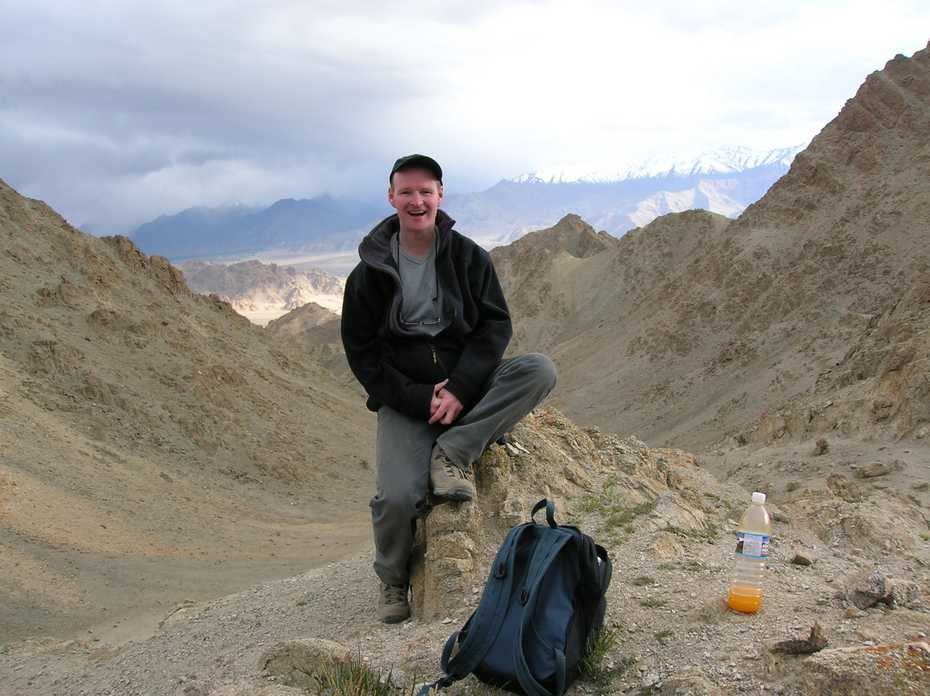
With the collapse of the marriage I felt that if I trudged on by myself in that wee flat and the IT job I had chiselled my way into, I would just not make it. Way too sad and lonely to survive for long. So it was an opportunity to do The Pilgrimage! The plan was to go to the big four sites of Buddhism – where the Buddha was born, where he got enlightened, where he started teaching and where he died. But first, Ladakh! My teacher, the late, great John Crook, had spent a lot of time up there in the high Himalayan desert kingdom. He wrote a fabulous book called The Yogins of Ladakh all about it and I wanted to visit as many of the people and places in that book as I could. We had decided that it would be best to go there first since it was springtime. Doing the big four sites of the main pilgrimage straight away would mean landing myself in the ferocious heat of the North Eastern Indian summer.
Arriving
The plane lands in Leh, the capital of Ladakh, and taxis along the runway. A big dog lopes along and merely glances over its shoulder at the plane bearing down upon it, unconcerned. The pressure doors open and the cold mountain air lets us know straight away that we are really high above sea level, some 3500 metres. By the time we have walked over to the terminal the effects of that altitude start to take effect. My legs feel very heavy but my head is helium-light. I am met by my host Ngawang, who looks after me and advises that one should do very little while one is acclimatising to the altitude. Between naps I meditate.
half a day in the air
the world wildly different
sizzling skies
Martian Himalaya
behind the noise
the same silence
of home
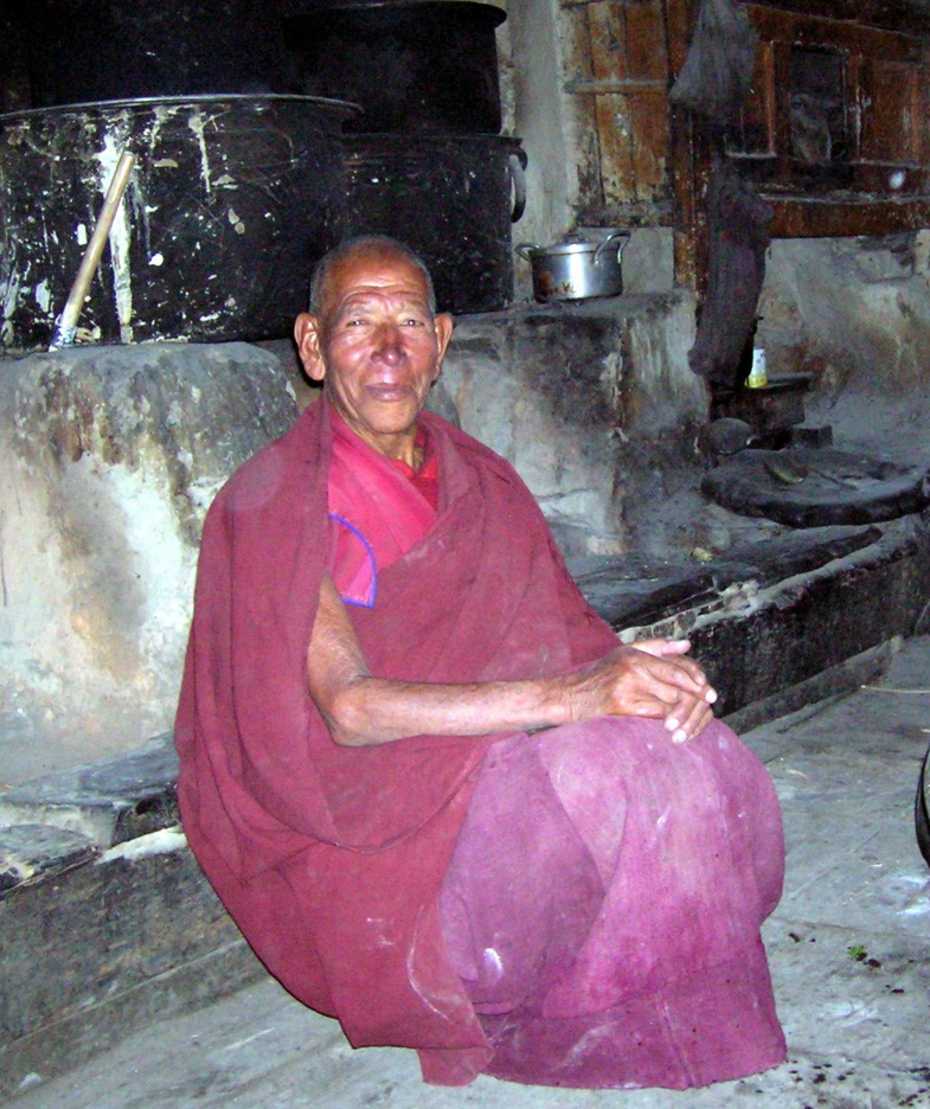
Leh Hospital
Within a few days I start getting diarrhoea which doesn’t ease up. Ngawang advises that I go to consult with a doctor who takes a few minutes to decide that I should be admitted to the hospital and be put on a drip since I’m so dehydrated. They take me to a room with two beds. An Indian lady is lying on one with an oxygen mask on. They hook me up to a saline drip whose stand has a missing wheel. Around 9pm the lights go out and the lady’s oxygen machine turns off. I wrestle the drip stand into the blackness of the toilet where there is no paper and no flush. This happens some dozen or so times over night. In the pre-dawn darkness I can see a little from a street light that there is something wrong with the drip. I take it over to the window to get a better look and see that my blood has backed up into the tube, it is no longer delivering the hydration. No one answers when I press the ‘nurse’ button – ah, the electric is out. I stumble along a dark corridor trying to find someone. The dizziness and weakness make me stumble and lurch. There is a light and some voices. I call out but can hardly produce any sound. The corridor seems to get longer the more I struggle up it. I dig in deep and concentrate on not fainting before making it to the light. It all seems very epic and life-and-death right then. At last I get to the voices. One says “you shouldn’t be out of bed!”, the other says “your drip is blocked!” in an annoyed sort of a way. They sort me out. When it gets light the electric comes back on but there is some problem with the Indian lady’s oxygen pump machine where its electric socket has stopped working. There is one above my bed on the other side of the room from her. They stretch the wire to it, going right over me. It strains on its feeble little pins. I keep saying “why don’t you swap us over?” but no one listens. Eventually one of the nurses says “why don’t we swap them over?” and so they do. As the gaggle of doctors and nurses start to leave I see that they haven’t changed over our notes hanging on the end of our beds. I have to whistle to get their attention to tell them about it. They swap them over and leave. By the time I am discharged later that morning they have put three litres of saline into me and I’m as weak as a kitten.
Rizong
The next suggestion was to go to Rizong Gompa and find Geshi Wangdus. The kitchen is ancient and the monks are really funny. One day at meal time during the chanting, one monk, Tsultim Gyatso, flicks a bit of greenery off his finger that lands on his friend. He looks shocked and stops chanting for a moment. Everyone giggles but carries on chanting. The guy picks the leaf off his robe and continues the chant with everyone looking to see what he’ll do. Eventually he flicks it back and everyone falls about laughing, their feet in the air and hooting. Wonderful!
Tsultim Gyatso always had that amused look and a powerful presence that went with it. It was a joy just to hang around with him, not that we could communicate much, but just being there was a tonic.
The life of the monks there seemed incredibly austere. The full training involves the “preliminaries”, four sets of one hundred thousand prostrations, Vajrasattva sadhanas, mandala offerings and guru sadhanas. Eventually they get to the “Yogas of Naropa”. These had been kept secret for hundreds of years and were the source of the amazing tales of supernatural abilities that came to Europe in the 19th century. Possibly the most famous of these is the practice of sitting out in the snow, overnight, wearing only a wet sheet. This would be a good way to kill someone quick as the temperatures we are talking about will go to minus 60 degrees and beyond on a regular basis. In addition to these rigours they are also kind of expected to do a solitary retreat at some point. Traditionally they are for three years, three months, three weeks and three days. Sometimes this is done in complete darkness! In addition to all this there are also the even more secret practices of the Vajrayana, matters involving Tantra and so forth about which they will not speak if you are not properly initiated. Hanging out with these guys, the Yogins, was an incredible thing for me and I found some of them to have an amazing quality about them. They were all at once both hugely “weighty”, carrying a really impressive gravitas, and at the same time light-hearted, wispy, ineffable. I was invited to tea in one monk’s room. He sat on a mat around three feet square, just big enough to sit in a meditation posture on. He had a few plants and tea making things, some thangka paintings and lots of religious paraphernalia. I asked him where he slept and he said “right here!”. I ask him if he lies down there and he says “no!”. There was a thick, felt blanket over an empty window space. There was no glass in it! Some of the coldest temperatures on planet earth happen throughout the winter in Ladakh. What was this monk made of?
I had a few magic tricks to show them: “pen behind the ear”, “elastic bands”, a “paddle” type trick with a lighter and so forth. One day I was showing the kids there and an older monk came over to see what was going on. As soon as he saw the first trick he turned quickly away and walked off. Most strange I thought. This was the first time I had seen this reaction and I didn’t know what to make of it. It was explained to me a few weeks later (see below). The meditation lessons from Geshi Wangdus didn’t go so well after I lent him John’s book. He had it returned but didn’t come himself. He basically stopped having anything to do with me. Someone suggested that it might be because he was a different sect from the one investigated in the book. Who knows.
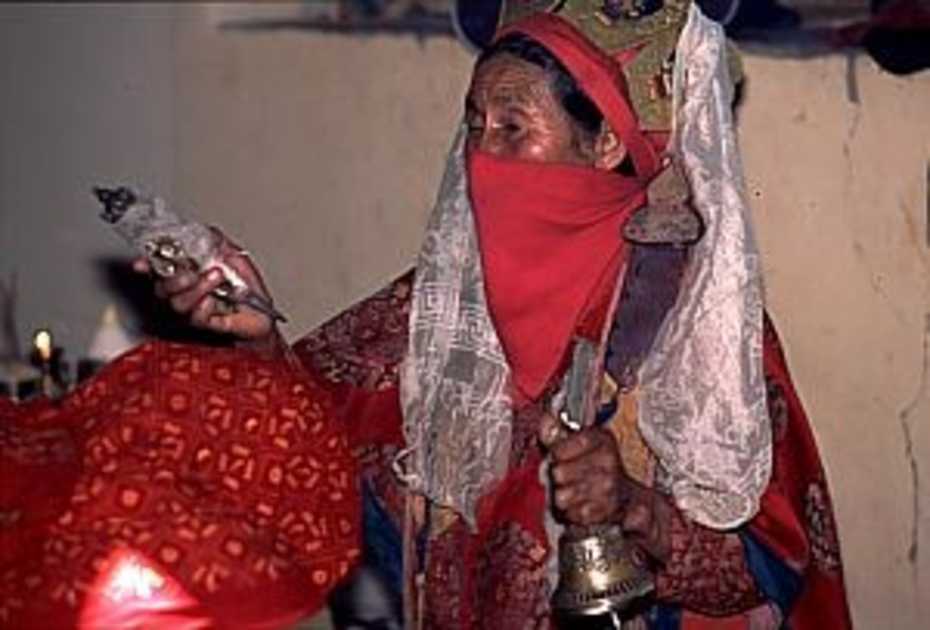
Ayu Lhamo
John’s friend Ngawang had been our host in the village of Sabu, just outside of Leh. Also staying there was Dave who was doing research for a PHD on “Indigenous Knowledge Practices”. We had become close during long conversations about “life, the universe and everything”. We talked about the Dharma most of the time. It was a real tonic for me to have a chum to talk to. I kept returning after each of my little trips and we could convene and talk them over. Ngawang one day invites us to watch a DVD he has. It is about “Ayu Lhamo” and is called something like “Demons and Sorcerers”. In the video there are a few really scary scenes. Live footage of a meeting with the great woman who is supposed to be visited by the “Lha” or spirits of place. She shrieks, jumping up and brandishing a sword, running towards the cameraman who flees. She is famously fierce. She lives in a village near Leh called “Ayu”.
A plan is hatched to visit her the next day. Our chum Gyatso (“ocean”) wants to help with the interpretation. It is a long walk over scrubby desert and when we locate the little house it appears to be all locked up. We walk around it until we find another door which opens to our knocking. There are loads of people inside an ancient kitchen. The ceiling is very low. There are too many people to really see what is going on. I hand some money over to buy a “khatag” scarf, the lovely white silk scarves that are presented as formal presents. There is a group of Russians who all seem to be wearing white. One of them is in front of Ayu Lamo asking her “how many grandchildren will I have?” She gets really cross and raises her voice. She is apparently speaking in Tibetan rather than Ladakhi. The interpreter reports that she has said “it is impossible to say”. With an imperious wave of her hand she dismisses him, looking daggers at him. He retreats looking pale and the whole group of them are bustled out by Ayu Lhamo’s helpers. The atmosphere is highly charged.
Someone pokes me on the knee and I look up noticing that she is looking right at me and beckoning. I go up and offer the khatag and bow. She is wearing a kind of cloth crown and a scarf over the bottom half of her face. She is very thin, very old and has the presence of an actual deity! I’m awestruck. She glances at me in the eye for the briefest of moments and then talks in Tibetan for quite a while. This is translated into Ladakhi by her guy. Gyatso translates the Ladakhi into English for me. “You meditate a lot. You should keep your mind still and not dwell on problems. You should find a Rimpoche who can help you find your way.”
She asks me what my trouble is and I tell her a bit about a serious fall I had, the sickness and weakness that has followed it, my wife having an affair and leaving me and the terrible loneliness that has come with it. She asks where I am going next and I tell her of my plan to visit Gotsang: a famous meditator stayed there in the distant past, it appears in John’s book. She says I should ask for a “khuntup” when I get there. I have no idea what that means. She dismisses me and I go back to my place feeling all emotional. No releases or resolutions. After seeing what seems like hundreds of various types of health care professionals I was kind of hoping for some shamanic magic of the real kind. I had worked for a circus years before, and had suffered a fall when a stunt went wrong during a rehearsal. There had been a very intense near-death, out-of-body experience which had eventually led to a diagnosis of chronic, acute Post Traumatic Stress Disorder. The consultant who diagnosed me had been Terry Waite’s doctor.
After the shaman talked to a few more people I was surprised to be beckoned up for a second time. She wanted me to describe the fall experience to her. After I finished telling the tale she takes her sword out of a brazier of burning coals, sticks her tongue out, leaning over towards me, eyes blazing. She puts the flat of the sword on her tongue. There are sizzles and steamings. She blows on my face. I’m sent away again. Sitting back in my place once again, I feel even more emotional. Bits of confused, traumatised memories start to emerge and I’m not sure where I am.
A third time I’m called forward after she’s seen more of the villagers. This is where my memory is a bit mixed up. She pulled the glowing coals over and suddenly pushed my face into the smoke, throwing juniper on to make clouds of fragrance. Holding my neck very firmly she won’t allow me to escape the choking fumes. It is hot too. She takes a hand bell in one hand and a “phurba” or “ghost dagger” in the other – both formal Tibetan Buddhist sacred items. Ringing the bell close to my ear, frequently clonking me on the side of the head, she chants and jabs me everywhere with the three-sided phurba. It’s painful and very, very weird.
As this is going on, and it goes on for what seems like ages, I start to have vivid memories of the accident. Trauma responses take over and I don’t really know where I am. Images of fire, dragons, immensities of darkness pulling me into the endless abyss. Eventually she lets my face up away from the smoke, she ties special threads around my fingers, gives me a specially knotted khatag scarf, gives me sacred rice and sacred Tibetan medicines. She asks me to sit beside her and after I move she sees to more villagers. I don’t take it in as it takes ages to normalise from the intensity. When she has seen everyone including my chums, she leans forward, right down to the ground and makes a lot of weird noises and clicks and then BAM! suddenly the “lha” have left and she is once again a ninety-year-old Ladakhi grandma. Her relatives and helpers make tea and invite us to stay. I start to ask some questions but she says that she can never remember anything that happens when she is in the “trance” or whatever the hell has just happened!
Eventually we leave, stumbling out into the fierce Himalayan afternoon, all jazzed up. Dave tells me that when I was in my own kind of trance I was crying really hard. He said that he looked around and saw that everyone in the room, including himself, was crying too, everyone except Ayu Lhamo. I felt like I had truly been met by “the deity”, that the enormity of the trauma had been taken really seriously by someone qualified enough to have a meaningful response. For the fourteen years since the accident I had felt a powerful need to try and tell the story, always hoping that it would somehow help me leave it behind. After meeting the shaman, that need lessened a good deal.
Staglung Rimpoche
I had been asking around for news of Staglung Rimpoche. He was one of the highest lamas of the Dzogchen tradition. A tulku, ie he consciously reincarnated himself; he always returned with a withered right arm. Various rumours had circled around about his whereabouts and ill health. Someone said they might have news of him at a monastery near Leh, a place called Karnarlung Gompa in Choglamsar. When I arrive they tell me that he is actually there that day! Great good fortune. He is indeed ill and has been resting. We had to wait for an interpreter anyway and so another long wait ensued.
There then followed two or three hours of loitering on a terrace being sort of grilled about who I was, why I was there, what did I want with Rimpoche, what was my practice and so on. At last everything is ready and we go in to a dark shrine room. Rimpoche is sitting on a raised dais, there is incense and thangkas hanging. It is all very impressive. He asks me a few questions, more grilling, and I produce John’s book. There is a section in it on him, a picture too, but he didn’t react at all when he leafed through it. My credentials established, we got into a proper Dharma conversation. I was looking for the right way to practise, given my own ill health and issues. The trauma from the accident had turned me into a very pale shadow of my former self. He wanted to know all about the accident and gave me some pretty general advice. He asked for my mala beads and did something with them, I couldn’t see what, for around five minutes or so. He eventually looked up with the most enormous grin I think I’ve ever seen! It was as though the sun had suddenly come out in that darkened room. He was very happy and told me that everything was going to be all right, that I was already going in the right direction and that all I had to do was keep going. He asked me “what will you do back in your country?” I replied “I hope to find a way to help the Dharma”. He said “I hope so too!”
That was clearly the end of the session and so making the ritual prostrations, we left. On the way out the interpreter, Paljor, said “do you know what Rimpoche has done for you?” I said “not really, what?”. He told me that the business with the mala was a super-special-secret divination thing. He said that he had “looked into my mind-stream and had seen my future”. The fact that he was so happy about it was very good indeed! Apparently a very rare and special privilege had been granted me and I felt awestruck because of it. The take-away advice he gave was that one’s practice should be continuous and you should not force it.
Gotsang
Ayu Lhamo had asked me to get a “khuntup” - whatever that was. I decided to ask for one when visiting Gotsang, which had been one of the places in John’s book. The bus from Leh left me at the side of the road, where I could see away in the distance Hemis Gompa. This is one of the main tourist attractions and an important monastery. Up behind it, somewhere in the mountains was Gotsang where a famous monk from the middle-ages, Gotsangpa, had practised. Some passing locals had told me that there was a bus coming that would go to Hemis so I loitered around. When I got on, an important looking monk invited me to sit next to him on the crowded bus, budging over to make room. He didn’t have much English and I could only say a few words in Ladakhi so the conversation was a bit sparse. He noticed I was wearing mala beads and asked if I was a meditator. I put my hands in the zazen posture and mimed not doing anything – the easiest mime that there is! He said that I should stay in the monastery with them rather than find a guest house.
When the bus arrived he sprang up and produced a big bunch of keys and started throwing out instructions to lots of younger monks who beetled off to do his bidding. Two of them picked up my bag and asked me to follow them. We got to a room that looked like someone was staying there already. I had become very tired on the journey and wasn’t really thinking straight. If I had been, I would have worked out that this was the senior monk’s own room! The penny dropped the next morning. I felt pretty embarrassed!
Next day I set out for Gotsang. It was madness really since the ME symptoms were pretty bad and digestive rioting had eroded my sleep. I would climb the steep trail and rest by turns. It became a bit of an epic and after several hours I was resting more than I was walking. At last I made it to the little white gompa in the Himalayas. Producing John’s book to show them had an amazing effect. They saw a picture of Shakyashri on the cover and went bananas, taking turns to hold the book on their heads and pogo up and down! I couldn’t believe my eyes. When they calmed down they ushered me inside to where an English speaking monk was working at printing sacred texts. Tea was brought and people crowded around. After a wee magic show people left us to talk. While I explained about John, the book and everything he calmly kept printing from a woodcut. There was a smudge so he couldn’t use that piece and had to throw it away. He gave it to me to look at. By this time I had learned some of the Tibetan alphabet and tried to sound out a few words. Even if I got it right I didn’t understand what they meant! After I got through a few words he joined in and whizzed through a few lines in that deep-voiced Tibetan chant that they do. I realised that he wasn’t looking at the text and when he finished I asked him if he had memorised it. “Of course, we all have” he said gesturing not at the scrap of paper I was holding but at the entire wall of the room which held a bookcase containing what looked like thousands of wood-block printed books. They get together periodically to chant the whole thing. It is just expected that as part of their training they memorise the whole of the Tangyur and Kangyur.
Deeply impressed, we went on to talk about the khuntup that Ayo Lhamo had mentioned. He said “follow me” and took me on a tour of the place. There was one room in which I felt an enormously powerful atmosphere. There was a mat with some clothes propped up in a little pyramid. He explained that it was where a recently deceased lama had spent twelve years in meditation! There were goosebumps and tingles as my mind played tricks on me. Perhaps I hadn’t yet recovered from the walk up to the place, but oh my Lord it was a funny feeling. Down and down windy stairs we went until he started burrowing in an ancient alter. I think we must have been way underground by that point. He produced a little square of folded paper with inked designs, stitching and wax on it. He told me that it was a “khuntup”, that it would bring me good luck and protection. I should wrap it in blue cloth, keep it with me and not let it get wet. It is in my wallet still!
- Publication date:
- Modified date:
- Categories: 2020 Other Articles Hughie Carroll Others
-
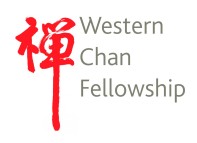 Western Chan Fellowship CIO
Western Chan Fellowship CIO - Link to this page
Back
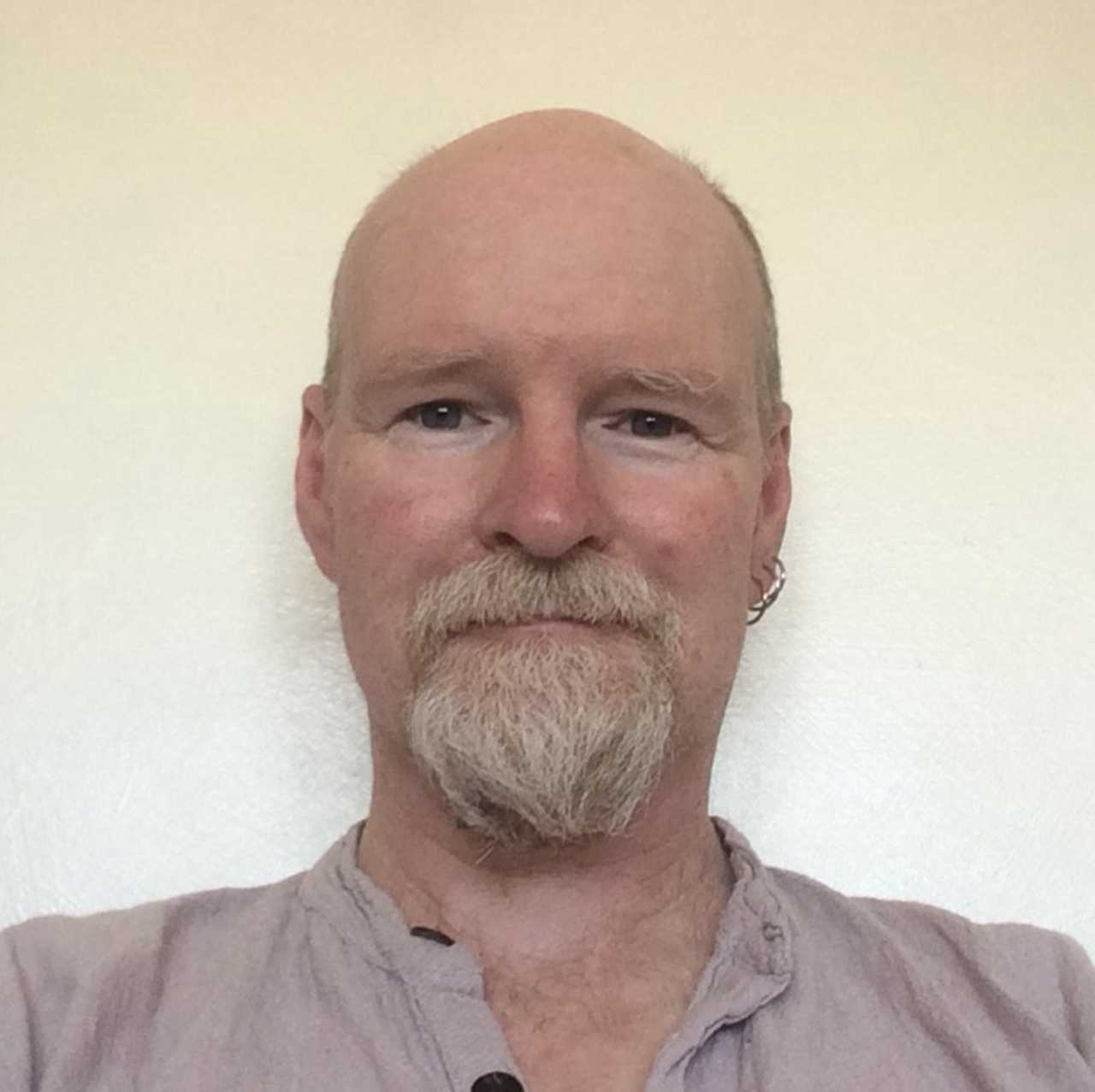
©Western Chan Fellowship CIO 1997-2025. May not be quoted for commercial purposes. Anyone wishing to quote for non-commercial purposes may seek permission from the WCF Secretary.
The articles on this website have been submitted by various authors. The views expressed do not necessarily represent the views of the Western Chan Fellowship.
Permalink: https://w-c-f.org/Q372-595









